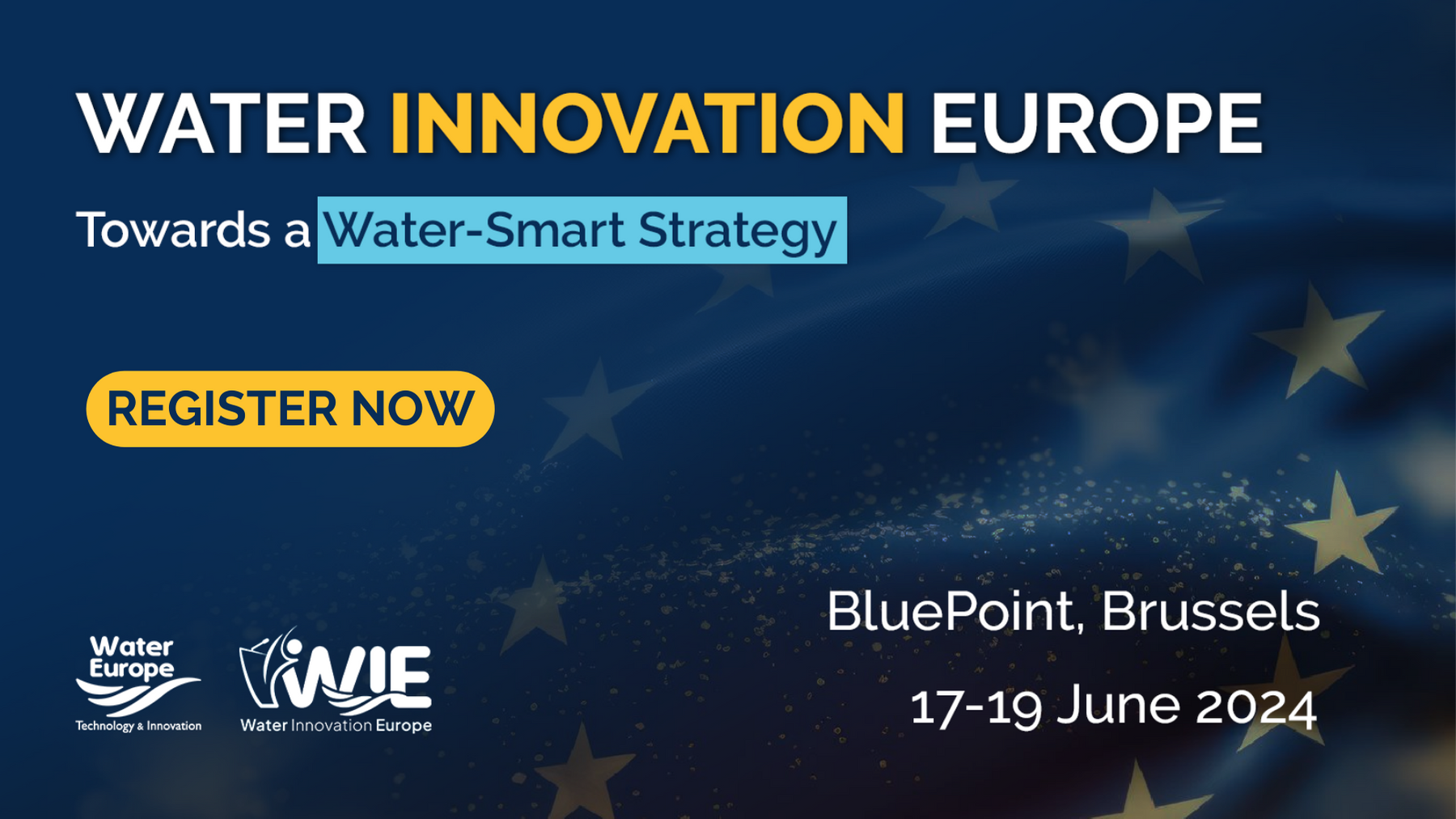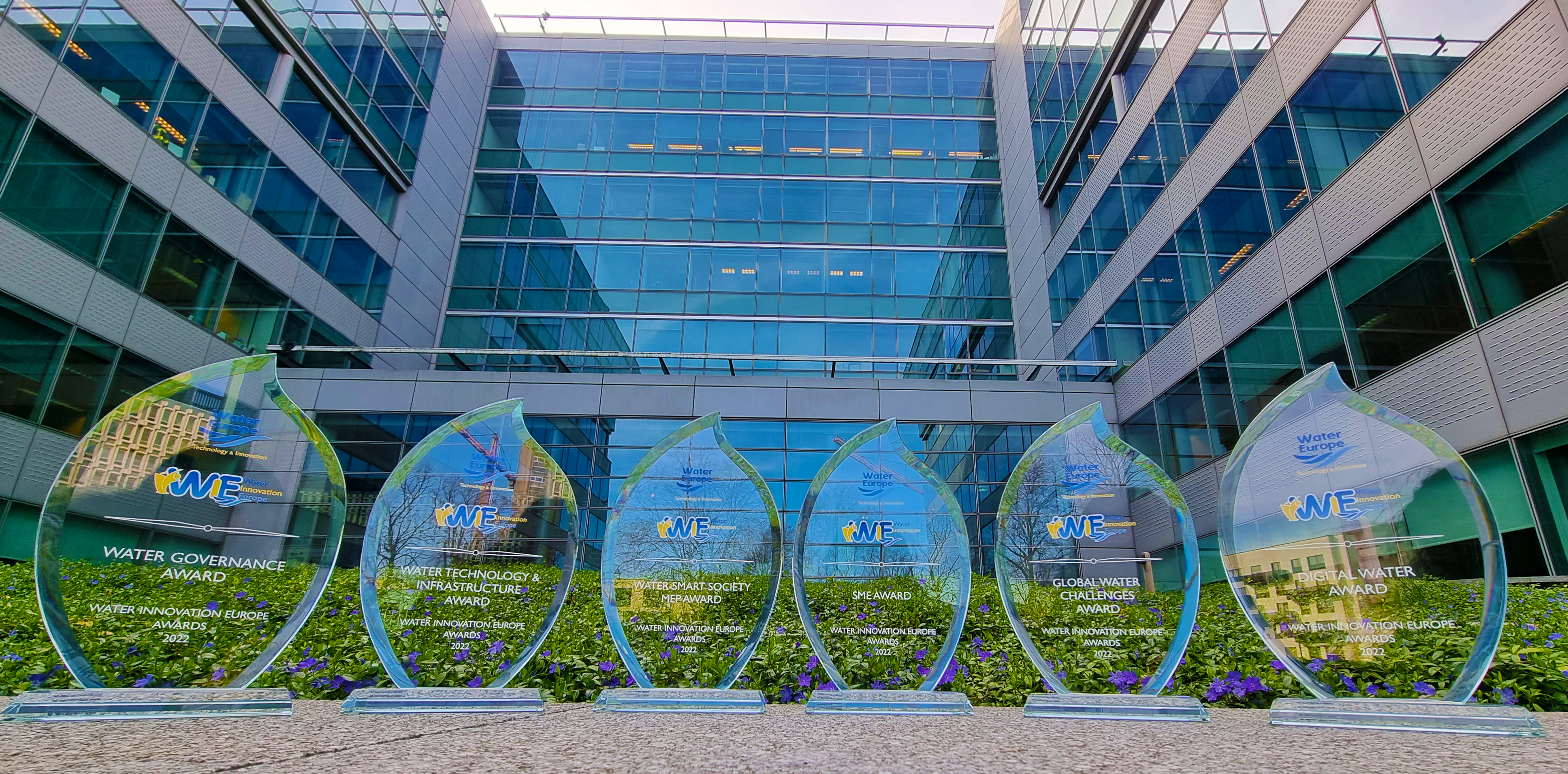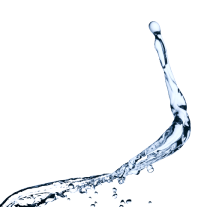The continuous existence of humanity depends crucially on its ability to achieve a more sustainable and self-sufficient future envisaged by the UN Sustainable Development Goals (SDGs). This depends largely on a better understanding of the complexities and the interdependencies between various resource sectors, e.g., water, energy, food and land, to name a few.
Water and energy, as the key elements of this nexus, are inextricably linked – water supply depends on energy and energy supply depends on water. Due to population growth, climate change and economic development, both sectors face rising future demands and stricter constraints on potential sources. These additional pressures will intensify the interdependencies between the sectors bringing further challenges to achieving SDGs and nexus security.
Even with the considerable progress being made with the SDGs we have today a situation that more than 2.2 billion people worldwide lack access to safe drinking water with more than half of the world population (4.2 billion) lacking access to proper sanitation[1]. The situation with global electrification rate is better, although about 840 million people still lack electricity access (or 11% of the global population). Furthermore, an estimated 8% will not have access to electricity in 2030, with 90% of them being in sub-Saharan Africa[2]. The link between water and energy is often less prominent in these SDG considerations, thus making it difficult to think of synergistic technological and policy solutions that benefit both sectors. The following examples illustrate some of the research and practical applications that can lead to a more secure nexus and get us closer to achieving the SDGs.
Renewables, water and hydrogen
Many agree that renewable energy technologies can help limit and reduce emissions of greenhouse gases to mitigate global climate change. Nowadays, more than a quarter of global electricity is generated from renewables and that trend is increasing[3]. However, due to a spatial and temporal imbalance between sources of renewables and energy demand, there is a great need for energy conversion and storage technologies. Those technologies could address the issues with energy grid congestion, curtailment or seasonal/spatial shortages. Furthermore, they could address the issue of renewables currently not being well integrated into the heating, cooling and transport sectors, which are among the largest in terms of energy usage around the world.
‘Green hydrogen’, which is produced from water by electrolysis using dedicated or excess renewable energy, is a part of the systemic answer to the zero-emission climate puzzle. Hydrogen generated by renewables promises solutions to energy storage, distribution and power-to-heat challenges leading to a clean, reliable and affordable energy system[4]. Abstracting, treating and distributing water in cities require energy, which for the large part can be generated from renewables and stored via the green hydrogen technology. The route to urban water utility zero-emission, secure and affordable energy future will probably include a great deal of green hydrogen.
Sewer Mining
Another promising technology with the potential to contribute to achieving a zero-emission water utility is sewer mining. In theory, enough energy from organic waste can be recovered from wastewater to provide the energy required in the urban water cycle. However, these organics are present in relatively low concentrations. This also means that there is a lot of water that can be potentially recovered from wastewater and reused with the additional benefit of resulting in more concentrated organics. In the sewer mining project CoRe Water (Concentration, Recovery, Reuse), high-quality water is extracted from sewage by means of forward osmosis (FO) in combination with a reconcentration system, e.g., reverse osmosis (RO)[5], while the concentrated sewage waste is converted into a renewable energy source (i.e., biogas). First results are encouraging and CoRe Water pilots are currently underway to evaluate the effectiveness of FO membranes in the recovery of water from sewage.
Aquathermal Energy
Depending on geohydrological conditions, aquifer thermal energy storage (ATES) systems may allow for efficient storage energy for space heating and cooling in many regions worldwide. Surplus heat can be stored in aquifers in the summer and then recovered for use in the winter. Thermal energy may also be abstracted from the native groundwater stored in the aquifer or from surface water sources. For regions that have substantial diurnal or seasonal variations in ambient air temperature, it may be possible to produce and balance the need for both heating and cooling energy. Extensive practical experience with seasonally balanced ATES systems has been gained in the Netherlands. These ATES systems store seasonal thermal energy at relatively low temperatures (below 25°C) alternating between cooling and heating mode, the latter must be assisted by a heat pump. In a country with a temperate climate and widespread presence of shallow sedimentary aquifers suitable for storage, the number of ATES systems in the Netherlands has grown rapidly in the past decade to almost 3,000 systems nowadays. Although recent research has shown that the design and operation of these systems can still be improved, there is a large and clear potential for the water sector to contribute to the energy transition. Through their experience of managing water systems from sources to customer taps, water utilities can contribute to the provision of sustainable thermal energy from available water sources and subsurface storage in ATES systems. Furthermore, their expertise in managing water distribution systems can also be transferred or utilized in managing district heating networks.
Conclusions
Water and energy are inextricably linked and those interdependencies can only intensify in the future leading to many difficult challenges:
- Firstly, looking into the future they both face rising demands and stricter constraints on potential sources. On the positive side, while in the past they were considered separately there is more evidence of growing realisation that the nexus approach is necessary to meet those increasing demands. The three examples of technologies presented here show that ample synergy can be found in the water and energy cycles, which can lead to the much wider development of renewable energy sources and zero-emission water systems.
- Secondly, water and energy systems are entering the digital era, which can help achieve better management of individual sectors and also enable better integration between them. Both sectors also face challenges associated with interoperability (software, interfaces and equipment) and data sharing. Smart water networks and smart energy grids will benefit from efficiency gains, improved security and sustainability afforded by the digital transformation of the sectors, but will only flourish if the two smart systems start working together.
- Thirdly, researchers and practitioners from the two sectors seldom mix, thus quite a lot of opportunities for integration are missed. This separation also contributes to the lack of available synergistic policies for water and energy. The situation is also not helped by the research funders issuing separate calls for proposals for water and energy.
The emergence of circular economy concepts and new business models associated with the move away from a linear economy should be a cause for optimism. For example, water and energy reuse are linked by innovative technologies. This may then lead to new business models for combined water/energy markets, zero-emissions in both sectors and win-win situations. Climate change awareness is also helping to promote green energy and storage, energy optimization, energy recovery and resource efficiency actions. Water can play a significant role in these technologies primarily aimed at energy. Therefore, clean energy and clean water is not a pipe dream, but a dream future for humanity.
[1] https://sdg.iisd.org/news/who-and-unicef-estimate-progress-in-water-sanitation-and-hygiene/
[2] https://www.worldbank.org/en/topic/energy/publication/tracking-sdg7-the-energy-progress-report-2019
[3] http://www.ren21.net/gsr-2019/
[4] https://www.kwrwater.nl/en/actueel/the-keys-to-the-post-fossil-energy-age/




